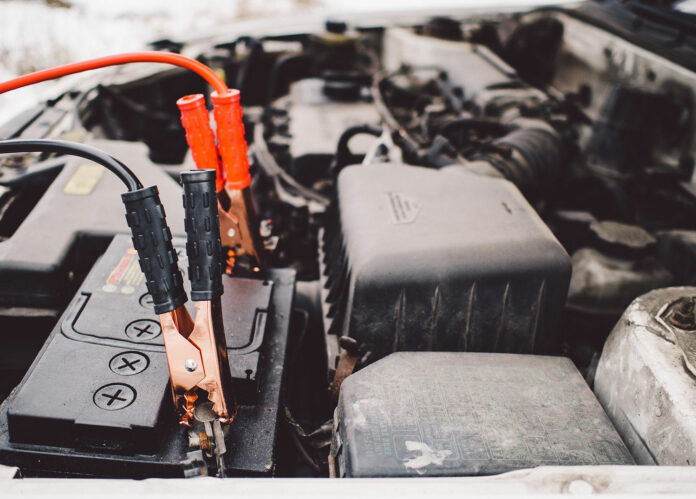Rechargeable lithium-ion batteries are used in many electronic devices, from electric vehicles to smartphones, because they can store a lot of energy and have long lifespans. But when temperatures fall below freezing, these energy sources’ electrical performance declines, and when conditions are cold enough, they can fail to transfer any charge.
To improve electrical performance in the extreme cold, Xi Wang at Beijing Jiaotong University in China and his colleagues have replaced the traditional graphite anode in a lithium-ion battery with a bumpy carbon-based material, which maintains its rechargeable storage capacity down to -31 °F (-35 °C).
Recently, scientists determined that the flat orientation of graphite in a lithium-ion battery’s anode is responsible for the drop in a lithium-ion battery’s energy storage capacity in the cold. So, the team wanted to modify the surface structure of a carbon-based material to improve the anode’s charge transfer process.
To create the new material, the researchers heated a cobalt-containing zeolite imidazolate framework (ZIF-67) at high temperatures to create 12-sided carbon nanospheres. These tiny structures feature bumpy surfaces that demonstrate excellent electrical charge transfer capabilities.
The team then tested the material’s electrical performance as the anode, with lithium metal as the cathode, inside a coin-shaped battery. The anode demonstrated stable charging and discharging at temperatures ranging from 77 °F (25 °C) right down to -4 °F (-20 °C). At a temperature just below freezing, the battery maintained 85.9% of the room temperature energy storage capacity. This is a huge achievement since regular lithium-ion batteries made with other carbon-based anodes can hold almost no charge at freezing temperatures.
When the researchers dropped the air temperature to -31 °F (-35 °C), the anode made with bumpy nanospheres was still rechargeable and, during discharge, released nearly 100% of the charge put into the battery. Researchers say incorporating the bumpy nanosphere material into lithium-ion batteries could open up the possibilities for using these energy sources at extremely low temperatures.
